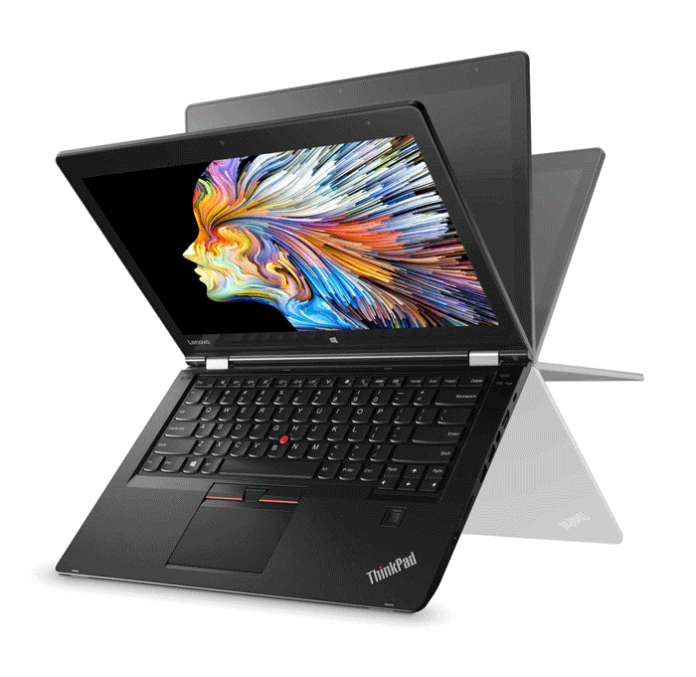If you are a gamer, you know that milliseconds count, either dodging an enemy attack, executing a critical move, or performing any other action. Screen speed determines whether you will get it right or not. It is obvious for competitive gamers to minimize input lag, as the difference between victory and defeat may exist.
Now, this is where the introduction of a gaming monitor 4K 144Hz comes into play. You most likely have heard of these monitors by now, and what they provide are engaging visuals and silky-smooth gaming. How does this form of high-resolution display and refresh rate help cut down on input lag? Let’s break this down and see why this type of monitor might be the perfect upgrade for your gaming setup. Before moving on to how a gaming monitor can reduce input lag, let’s define it.
What Is Input Lag?
Input lag is the delay between pressing a button with your controller or keyboard and seeing the effect on the screen. In fast games such as first-person shooters or racing games, for instance, even the smallest amount of lag can make all the difference between winning and losing, so input lag reduction is an essential factor in serious gaming.
Input lag stems from different sources, such as your controller, console, PC, and, most importantly, your monitor. The monitor plays a considerable part because this is where the final image will be displayed. Thus, the right monitor can reduce the lag and make your reactions faster in the game.
How 4K Resolution Affects Input Lag
A resolution of 3840×2160 pixels defines a 4K gaming monitor. You will get four times the detail you get with a standard 1080p monitor. This sounds marvelous regarding visual clarity, but something so lovely slows things down. The answer is more complex: no.
Higher resolutions, such as 4K, demand more from your graphics card. If your PC or console cannot handle the load, it might lead to more input lag, but if your system is strong enough to run games at 4K, sharper visuals can help you react faster as you can spot enemies or objects in your game. The bottom line is to have a powerful gaming rig and the right gaming monitor 4K 144Hz so you do not strain your computer and slow your response time.
Why 144Hz Refresh Rate is the Game-Changer
Now that we’ve covered that, here is the refresh rate. A 144Hz gaming monitor refreshes the image on your screen 144 times a second. That is much more than a standard 60Hz monitor that only refreshes 60 times per second. It’s faster, meaning less input lag because it can update faster. The farther out your screen refreshes, the closer to zero that delay gets between your actions and what you see on your screen.
A 144Hz monitor will make your game smoother and even more responsive. That’s very important in competitive gaming, where every fraction of a second counts. The 144Hz refresh rate allows the monitor to keep up with the game’s fast pace, helping you gain a head over others whose display speeds are much lower.
Is 4K 144Hz Suitable for All Games?
While a 4K 144Hz gaming monitor is great at removing input lag, it may not be essential for each game. If you are playing slower-paced or single-player games, you don’t care if there’s a little input lag. Fast-paced games such as Call of Duty or Fortnite, where milliseconds make a lot of difference, will make you feel the difference.
Not all games take full advantage of 4K and 144Hz simultaneously, so be sure that the games you will play can use this type of monitor. For competitive gamers, it guarantees readiness for any game that supports high refresh rates and resolutions.
Maximize the Benefits of a 4K 144Hz Gaming Monitor.
To enjoy all a gaming monitor 4K 144Hz offers, you need a more powerful graphics card that can handle high frame rates at the exact 4K resolution. However, you might not be able to enjoy the full benefits of its high refresh rate and low input lag unless you use it with proper settings. For instance, if your in-game settings have high-level effects such as shadows or anti-aliasing, you would lower them to get a higher frame rate, thus minimizing input lag further.
You should also enable any gaming or low-latency mode on the monitor itself. These modes help cut input lag so your monitor can react quickly. With the suitable configuration, your 4K 144Hz monitor will be a potent tool for upping your gaming performance.
Conclusion
If you are one of those competitive gamers demanding speed and accuracy, having a 4K 144Hz gaming monitor may be worthwhile since it reduces input lag and gives an advantage in fast-paced games. It’s great for having excellent visuals and responsive gameplay that any gamer would want.
Of course, not every game will require such a setup, but if you ever find yourself having to be ready to go at any moment for any quick-reflex match, then you’ll need 4K resolution and 144Hz refresh rate on a monitor. So, if you are ready to take your gaming experience to a new level, then a 4K 144Hz gaming monitor is worth considering.
